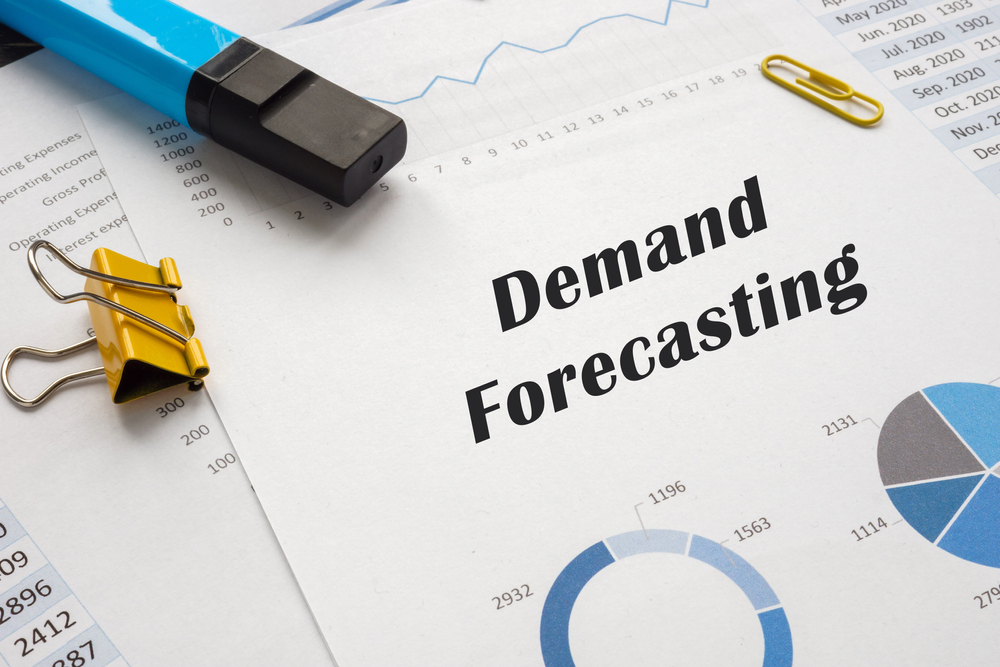How to Calculate Safety Stock?
As the name suggests, safety stock is the additional inventory held by a business to meet an unforeseen surge in demand or unpredictable procurement lead time.


Discover the benefits of AccelGrid

Convert more leads into revenue

Manage orders at scale

Streamline billing and get paid on time

Rock-solid inventory control

Optimize your supply chain

Switch to lean manufacturing

Sell anywhere, anytime with mobile POS

Simplify accounting and grow your business

Sell more with integrated eCommerce

AI-powered demand forecasting
Convert more leads into revenue
Manage orders at scale
Rock-solid inventory control
Streamline billing and get paid on time
Optimize your supply chain
Achieve lean manufacturing
Sell more with integrated eCommerce
Sell anywhere, anytime with mobile POS
AI-powered demand forecasting
Simplify accounting and grow your business

Picture running a business that always has the right products at the right time. You have close to zero surplus inventory, yet you never run out of the products your customers want. How cool would that be? Inventory and inventory-carrying costs typically tie up 25% – 40% of a business’s capital. That’s a lot of money. While inventory costs are inevitable, it is critical to evaluate inventory performance and optimize it – not just for now but also for the future.
Demand forecasting is the process of making calculated predictions about the demand for products over a period using historical demand data. Demand forecasting enables companies to make intelligent purchase decisions and plan inventory based on data.
One of the significant challenges companies face when planning their inventory is how much and when to reorder. Without a well-thought demand planning strategy backed by data in place, companies often risk ordering too much stock. As we all know, over-stocking ties up capital and resources with inventory that could take months to sell, or even worse, never. Using a proven demand forecasting strategy ensures that you have just the right amount of stock at the right time.
Over-stocking and under-stocking are often the consequences of purchase and sales departments not being in tune with each other. Both these departments play a pivotal role in inventory planning. The purchase department needs inputs from the sales team to understand seasonal trends, market conditions, and historical sales performance. A demand planning strategy can help in aligning your purchase and sales teams towards a common goal. A data-driven demand planning strategy can help your businesses adapt to future demand and enable you to make crucial procurement and safety stock decisions.
As we have seen, demand forecasting predicts future sales volume over a period. Understanding the timing of sales and seasonal trends can help you schedule every aspect of your supply chain, including production, warehousing, and shipping. For example, if your inventory forecast reveals a demand surge, you can prepare your business by contacting your suppliers to ensure they have enough inventory to meet your demand.
Budgeting becomes a lot easier when you can forecast demand, including the timing of your sales. For example, companies with a constrained budget can substitute paid marketing efforts to free alternatives such as social media campaigns between slow and busy periods.
Demand forecasting, when done right, can bring a host of benefits to your business, from optimizing your inventory levels to maintaining desired service levels. The complexities and time-intensive nature of demand planning often deter SMBs from incorporating it into their operations. The absence of a proper demand planning strategy results in either too much money tied to inventory due to over-stocking or, even worse, lost sales due to stock-outs. Using complex spreadsheets or manual methods to forecast your inventory demand can be pretty inefficient. A better approach is to use modern inventory demand forecasting software to help you plan for demand uncertainty and optimize your inventory levels.
As the name suggests, safety stock is the additional inventory held by a business to meet an unforeseen surge in demand or unpredictable procurement lead time.
Is lean manufacturing right for you? Explore the pros and cons of lean production to decide whether lean production is suitable for your business.
Choosing between on-premise vs cloud ERP can be daunting for businesses. Learn the pros and cons of on-premise and cloud ERP implementations.